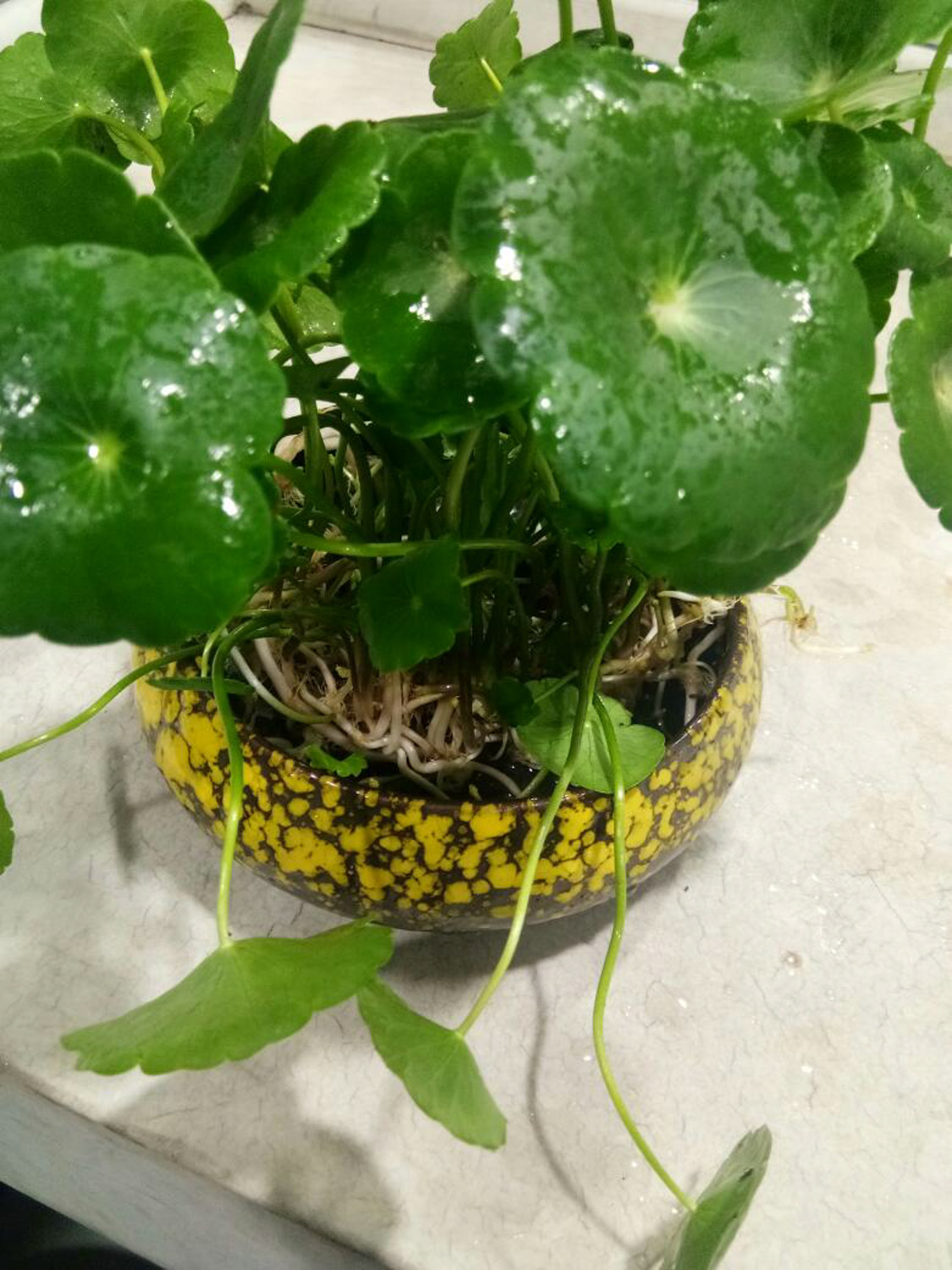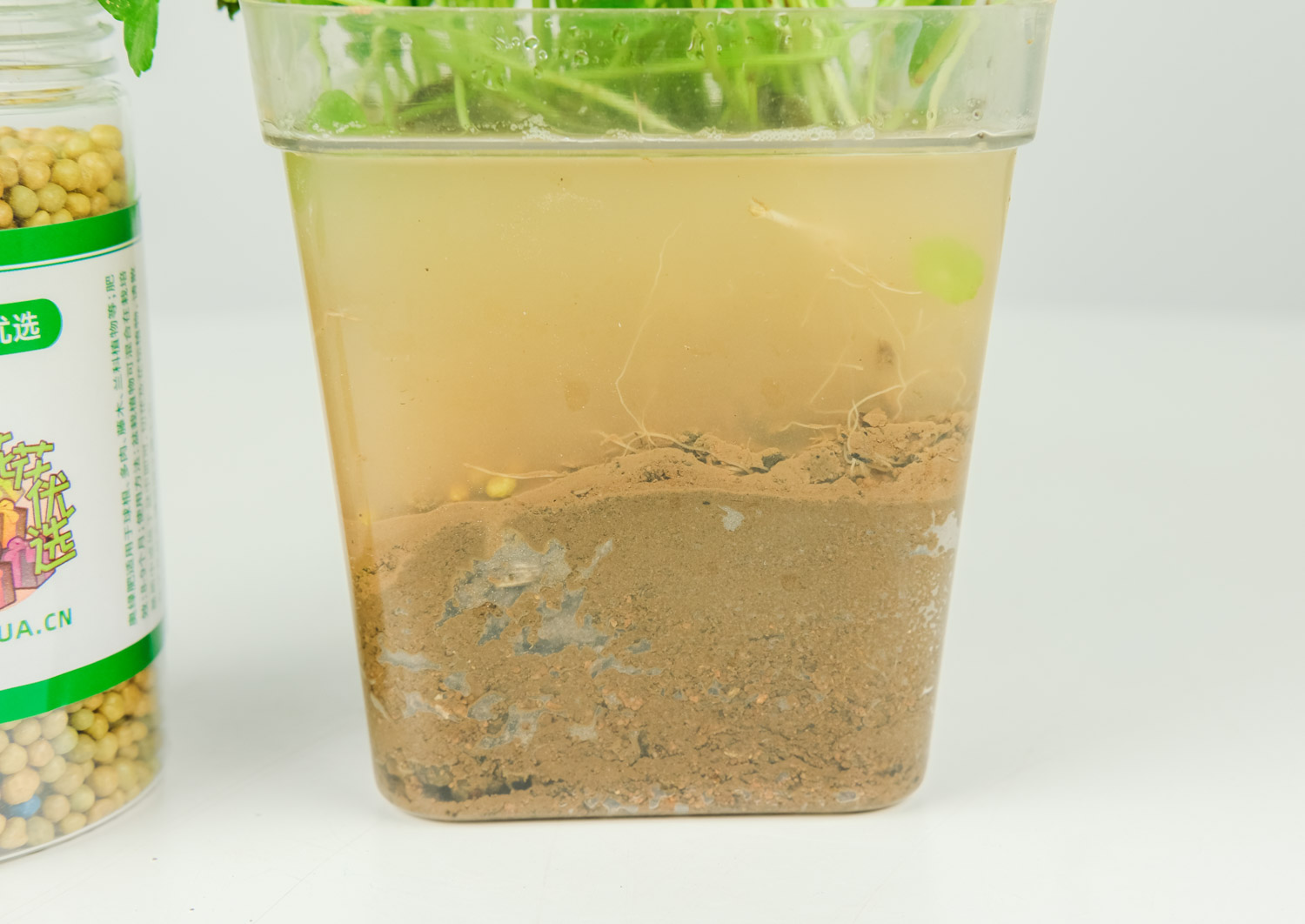1. Breeding method
The propagation of Pennisetum is quite simple and can be expanded by stolon. There are stolons at the bottom of Pennisetum, and leaves will be drawn from each stem node. When breeding, just cut a stem node with four or five leaves and put it in the environment where it needs to be cultivated, and it will expand and grow

2. What about yellow leaves
① Put in sediment
Reason: during hydroponic culture, the root is washed too clean and there is no substrate
Solution: when hydroponics, you need to put a certain amount of sediment or water grass mud at the bottom
② Raise temperature
Reason: the temperature is too low, causing it to appear yellow leaves
Solution: raise the temperature appropriately
③ Timely water change
Reason: during hydroponic culture, the water is changed too frequently or not for a long time
Solution: change the water once a week and replace half of the water when changing the water, which can make the ecosystem in the water relatively stable

3. Diseases and insect pests
The diseases and insect pests of Pennisetum are not particularly serious, mainly because aphids may appear on the back of its leaves during growth, and sometimes leaf miner flies will drill into the mesophyll. When the quantity is small, it can be caught manually and the damaged leaves can be cut off. When the quantity is large, imidacloprid and other drugs can be used for prevention and control

4. Cooperate with fish culture
Fish can be raised in the water cultured Pennisetum, and raising fish in it is also good for Pennisetum. However, we should pay attention to the choice of fish species. Don't choose big fish or carp that can eat grass. It is suggested that we raise small fish such as mosquito eating fish and tamarind. Their excreta can be used as a source of nutrition for the plant. In addition, Pennisetum can also purify the water body during its growth and help it grow better. In addition, this small fish feeds on mosquito larvae, which can prevent mosquitoes in the water


 jackfruit
jackfruit snake plant
snake plant hibiscus
hibiscus hydrangea
hydrangea lavender
lavender Green roses climb al...
Green roses climb al... If you don't pay att...
If you don't pay att... Management of four g...
Management of four g...
































